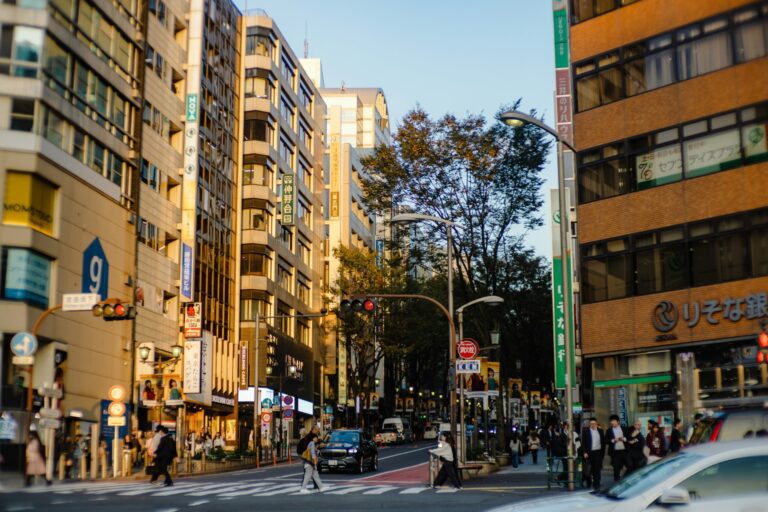October 2024 saw a significant rise in the development of mixed-use properties in urban centers, reflecting a shift towards integrated living, working, and recreational spaces. This trend was driven by changing consumer preferences and urban planning initiatives.
Rise of Mixed-Use Developments
Mixed-use developments, which combine residential, commercial, and recreational spaces within a single property, became increasingly popular. These developments offered convenience and a sense of community, attracting both residents and businesses seeking integrated environments.
Benefits for Tenants and Residents
For tenants, mixed-use developments provided access to amenities such as retail stores, restaurants, and fitness centers, enhancing the quality of life and reducing the need for commuting. Residents benefited from proximity to workplaces and recreational facilities, fostering a balanced lifestyle.
Impact on Landlords and Developers
Landlords and developers recognized the potential of mixed-use developments to attract a diverse tenant base and increase property value. Investing in such projects allowed for diversified income streams and reduced reliance on a single market segment.
Urban Planning Considerations
Urban planners supported the growth of mixed-use developments as a means to promote sustainable living and reduce urban sprawl. These developments aligned with goals of creating walkable communities and efficient land use.
Conclusion
The shift towards mixed-use developments in October 2024 highlighted a transformation in urban living and commercial real estate. This trend is expected to continue as cities evolve to meet the demands of modern residents and businesses.
